Chinese broccoli, known as gai lan or kai lan, is a leafy green vegetable widely celebrated in Asian cuisine for its crisp texture, slightly bitter taste, and impressive nutritional profile. Often featured in stir-fries, soups, or simply blanched and served with oyster sauce, this vegetable’s preparation hinges on one critical factor: cooking time. Achieving the ideal balance between tender stems and vibrant, crunchy leaves requires precision, as overcooking can render it mushy, while undercooking leaves it fibrous and unappetizing. This article delves into the science and art of cooking Chinese broccoli, exploring optimal cooking times across various methods, from blanching to stir-frying, and offers expert tips to elevate your culinary skills.
Understanding Chinese Broccoli: Structure and Texture
Before diving into cooking techniques, it’s essential to grasp the vegetable’s anatomy. Chinese broccoli consists of thick, fibrous stems topped with dark green, glossy leaves. The stems are denser and take longer to cook than the leaves, which wilt quickly under heat. This structural disparity means that cooking methods must account for uniform doneness—a challenge even for seasoned chefs.
The stems’ thickness varies depending on the plant’s age and variety. Younger, thinner stems may cook in as little as 2–3 minutes, while thicker ones require up to 5–6 minutes. The leaves, by contrast, need only 1–2 minutes to soften. Achieving harmony between these components demands careful timing and technique.
Blanching: The Foundation of Perfect Texture
Blanching is the most common method for preparing Chinese broccoli, as it preserves color, nutrients, and crunch while softening the vegetable’s fibrous elements. The process involves briefly boiling the broccoli in salted water, followed by an ice bath to halt cooking.
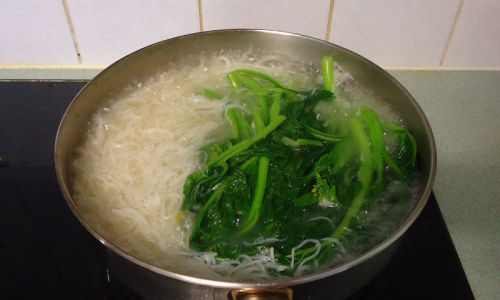
Optimal Blanching Time:
- Preparation: Trim 1–2 inches from the stem ends to remove tough, woody sections. Separate the leaves from the stems if the thickness varies significantly.
- Boiling: Bring a large pot of water to a rolling boil. Add 1–2 tablespoons of salt to enhance flavor and preserve vibrancy.
- Cooking:
- Stems Only (if separated): Submerge stems for 2–3 minutes.
- Whole Vegetable: Add stems first, boiling for 2 minutes, then add leaves for an additional 1–2 minutes.
- Shocking: Transfer immediately to an ice bath for 1–2 minutes to lock in color and texture.
Key Considerations:
- Overcrowding the pot lowers water temperature, increasing cooking time and risking uneven results.
- Thicker stems may require slicing lengthwise to ensure even cooking.
- Adjust time based on preference: 2 minutes yields a crisper texture, while 4 minutes suits those who prefer softer stems.
Stir-Frying: Speed and Flavor
Stir-frying is a dynamic method that marries quick cooking with intense flavor development. High heat and minimal oil seal in nutrients while caramelizing the vegetable’s natural sugars.
Optimal Stir-Fry Time:
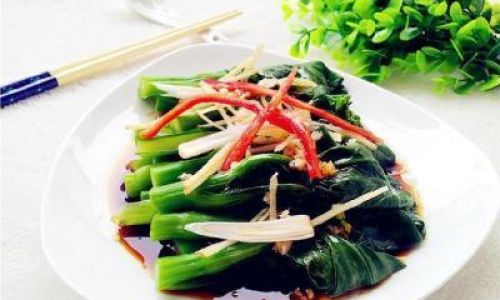
- Preparation: Cut stems into 2-inch diagonal slices for even cooking. Leave leaves whole or roughly chop.
- Heating: Preheat a wok or skillet over high heat until smoking. Add 1–2 tablespoons of oil (peanut, vegetable, or sesame).
- Cooking:
- Add stems first, stirring constantly for 2–3 minutes.
- Toss in leaves and cook for an additional 1–2 minutes until wilted but still vibrant.
- Seasoning: Finish with garlic, ginger, oyster sauce, or soy sauce.
Key Considerations:
- Avoid overcrowding the pan; cook in batches if necessary.
- Thicker stems may benefit from microwaving for 1 minute before stir-frying to jumpstart cooking.
- Adjust heat to prevent burning while maintaining crispness.
Steaming: Gentle and Nutrient-Rich
Steaming is a low-fat, health-conscious method that retains maximum nutrients. The gentle heat softens the vegetable without sacrificing texture.
Optimal Steaming Time:
- Preparation: Trim stems and cut into 3-inch segments.
- Equipment: Use a bamboo steamer or metal steamer basket over boiling water.
- Cooking:
- Arrange stems in a single layer; steam for 4–5 minutes.
- Add leaves and steam for an additional 2–3 minutes.
- Serving: Dress lightly with sesame oil, soy sauce, or fried garlic.
Key Considerations:
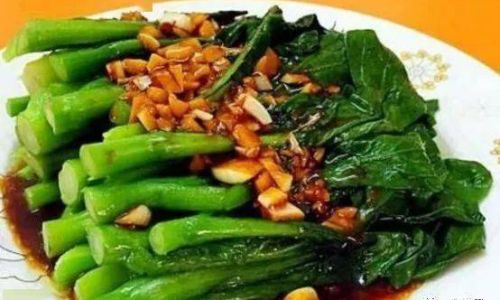
- Ensure water does not touch the steamer basket to prevent sogginess.
- Thicker stems may require slicing to ensure even cooking.
Microwaving: Speed for Modern Kitchens
Microwaving offers a quick, no-fuss alternative for busy cooks. While it lacks the caramelization of stir-frying, it preserves crispness when done correctly.
Optimal Microwave Time:
- Preparation: Place trimmed broccoli in a microwave-safe dish. Add 2–3 tablespoons of water.
- Cooking:
- Cover with a damp paper towel or microwave-safe lid.
- Microwave on high for 3–4 minutes, checking for tenderness at 2-minute intervals.
- Finishing: Toss with olive oil, salt, and pepper.
Key Considerations:
- Avoid overcooking, as microwaves heat unevenly.
- Let stand for 1 minute post-cooking to allow residual heat to finish cooking.
Factors Influencing Cooking Time
- Age of the Vegetable: Younger, tender broccoli cooks faster than older, thicker specimens.
- Stem Thickness: Thicker stems require longer cooking; consider slicing or separating from leaves.
- Altitude: At high elevations, water boils at lower temperatures, extending blanching times.
- Personal Preference: Adjust times for al dente (2–3 minutes) vs. softer textures (4–5 minutes).
Common Mistakes to Avoid
- Skipping the Ice Bath: Neglecting to shock blanched broccoli results in overcooked, dull-colored vegetables.
- Overcrowding the Pan: Excessive ingredients lower cooking temperatures, leading to steaming instead of stir-frying.
- Ignoring Stem-to-Leaf Ratio: Uneven thickness causes inconsistent doneness.
- Using Low Heat: Slow cooking fails to seal flavors and textures, yielding limp results.
Serving Suggestions and Pairings
- Classic Oyster Sauce Glaze: Drizzle blanched broccoli with a mixture of oyster sauce, soy sauce, and sesame oil.
- Garlic Stir-Fry: Sauté minced garlic in oil until golden, then toss with stir-fried broccoli.
- Soup Addition: Add to miso soup or hot pot during the final 2–3 minutes of cooking.
- Chili Oil Infusion: Toss steamed broccoli with chili oil, rice vinegar, and chopped peanuts.
Nutritional Benefits of Chinese Broccoli
Beyond its culinary versatility, Chinese broccoli is a nutritional powerhouse. Rich in vitamins A, C, and K, it supports immune function, skin health, and bone density. Its high fiber content aids digestion, while antioxidants like sulforaphane combat inflammation. Cooking methods like blanching and steaming preserve these nutrients better than prolonged boiling or frying.

Advanced Techniques for Culinary Enthusiasts
- Grilling: Toss with oil and grill over high heat for 2–3 minutes per side, creating charred, smoky notes.
- Pickling: Blanch briefly, then submerge in a vinegar-based brine for a tangy side dish.
- Tempura Batter: Lightly coat in a crisp batter and deep-fry for 1–2 minutes until golden.
Conclusion: The Pursuit of Perfection
Cooking Chinese broccoli to perfection is a delicate dance between time, technique, and intuition. Whether blanching, stir-frying, or steaming, the key lies in understanding the vegetable’s structure and adapting methods to achieve your desired texture. Experiment with cooking times, explore flavor pairings, and embrace the subtle balance between crispness and tenderness. With practice, you’ll master this humble yet versatile vegetable, transforming a simple dish into a culinary masterpiece. Remember: the difference between mediocrity and excellence often hinges on a single minute—so set your timer, trust your senses, and savor the rewards of precision.


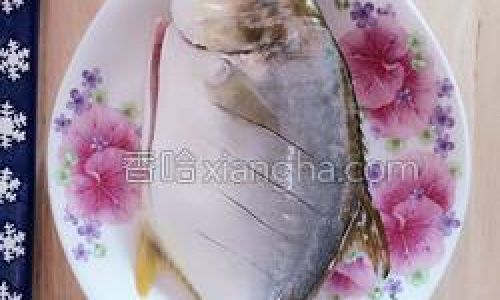
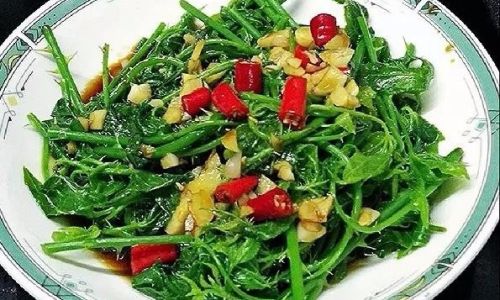


0 comments